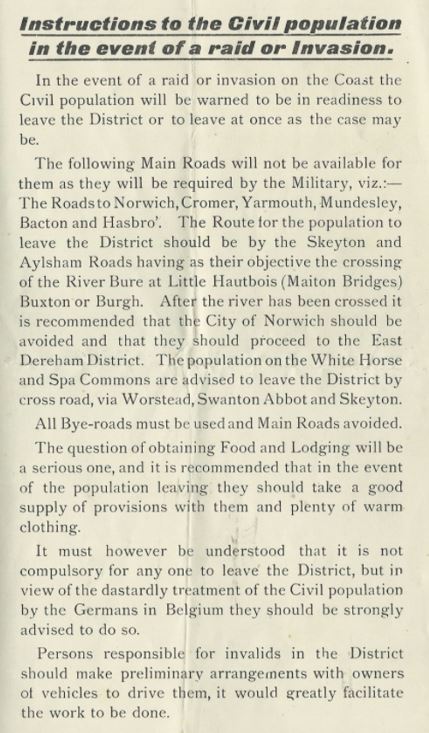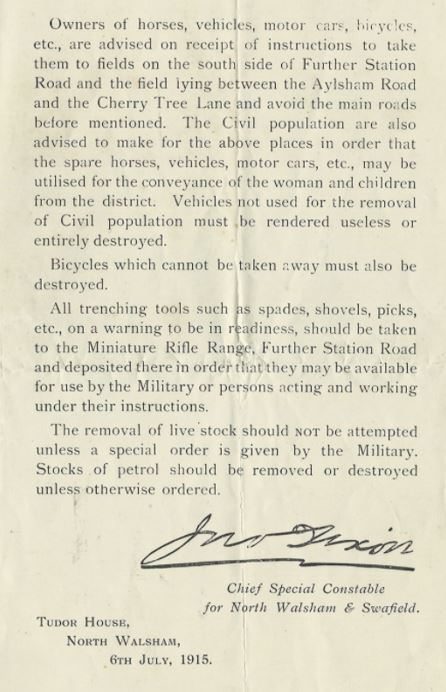Tea and sympathy
The First World War saw vast numbers of men mobilised into the army, including 700 men from the town of whom 99 were lost in the conflict. Before despatch to the horrors of fighting in France and elsewhere they were billeted in camps around the country and needed relief from the drudgery and discomfort of camp life.
Within ten days of the declaration of war, the Y.M.C.A. had established no fewer than 250 recreation centres in the United Kingdom, providing a cup of tea, sandwiches or other refreshments, perhaps some reading materials. Many of these centres were at or near railway stations or other places where large numbers of troops would be passing. The Y.M.C.A. staff was largely voluntary; mostly female but with some male staff who were over military age or below the medical requirements for active service. North Walsham’s was in the Church Rooms, in Vicarage Street.
Red Cross
The women of Norfolk soon found themselves taking up all sorts of new roles when their men went off to fight. One of the many jobs that women were recruited into when war broke out was the Red Cross Voluntary Aid Detachments (V.A.D.s), formed in 1909 by the War Office under the supervision of the Red Cross.
V.A.D.s were trained in first aid and nursing, with county branches springing up all over the country. Volunteers performed general nursing duties and administered first aid, drove ambulances, performed clerical duties and worked in hospital kitchens.
Voluntary hospitals
Sadly large numbers of soldiers returned to UK injured and in need of treatment and care. In these pre-NHS days there were few established hospitals and many small voluntary establishments were set up. North Walsham had two Auxiliary War Hospitals, both of which were on Mundesley Road.
On November 11th 1914 a Voluntary Aid Detachment Hospital was opened in Lower House and, with 11 beds, was able to look after 714 patients, under the direction of its matron, Miss Grace Holloway before closing on 20th March 1919.
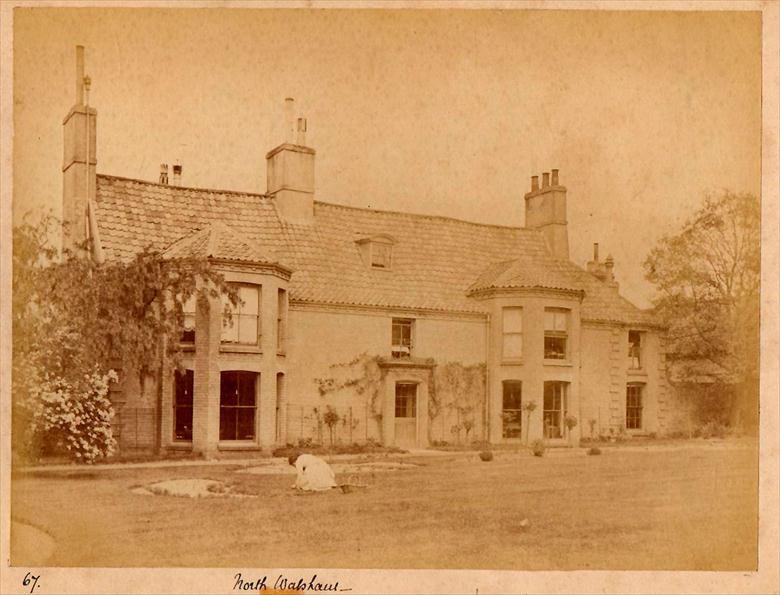
On 25th January, 1915 a second V.A.D. hospital was opened at Wellingtonia, 113 Mundesley Road. This hospital had 15 beds and treated 475 patients before it closed on 21st January, 1919. The Wellingtonia hospital was run by Miss Edith Wilkinson Carter, ARRC, Miss E. Fernie and Miss Alice Birbeck.
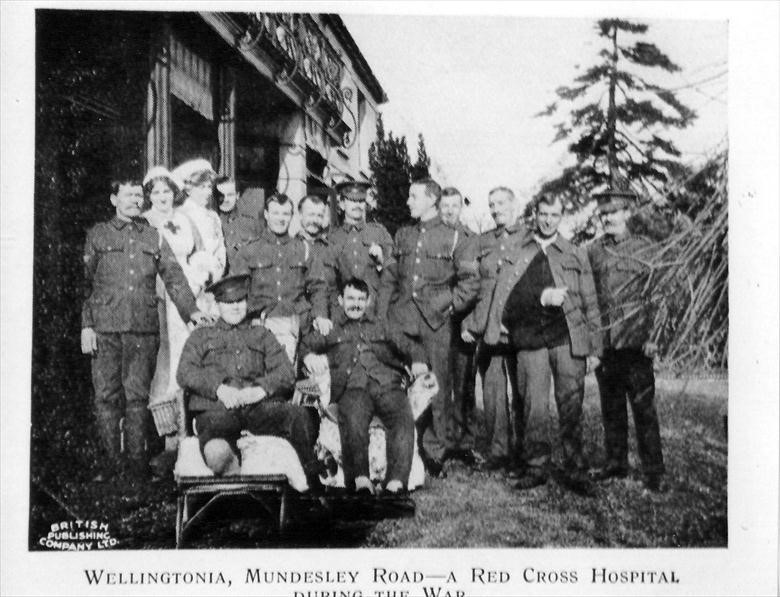
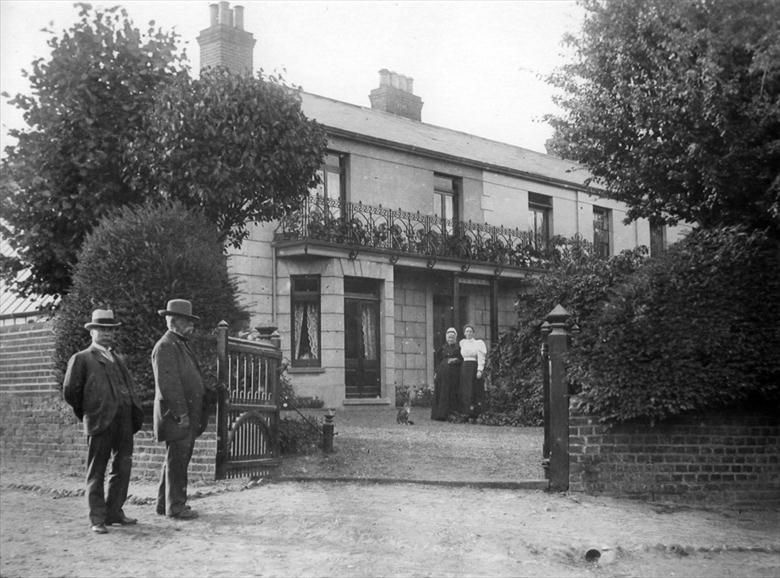
By 1918, forty-four V.A.D. hospitals were still active in Norfolk and an interesting newspaper article, printed in the EDP on 9 March 1918, made a number of observations on what Norfolk had contributed to the V.A.D. effort in the Great War. Part of the proceedings saw the Countess of Leicestershire noting, “Norfolk stood second to none in its work and reputation.”
She had received a letter from Sir Arthur Stanley, chairman of the Joint War Committee of the British Red Cross Society and the Order of St John, asking her to thank Norfolk members for the splendid work they had done and adding, “We have received large sums of money from Norfolk; and I know, from what you have told me, that the recruiting for the VAD has been better in that county than in any other”
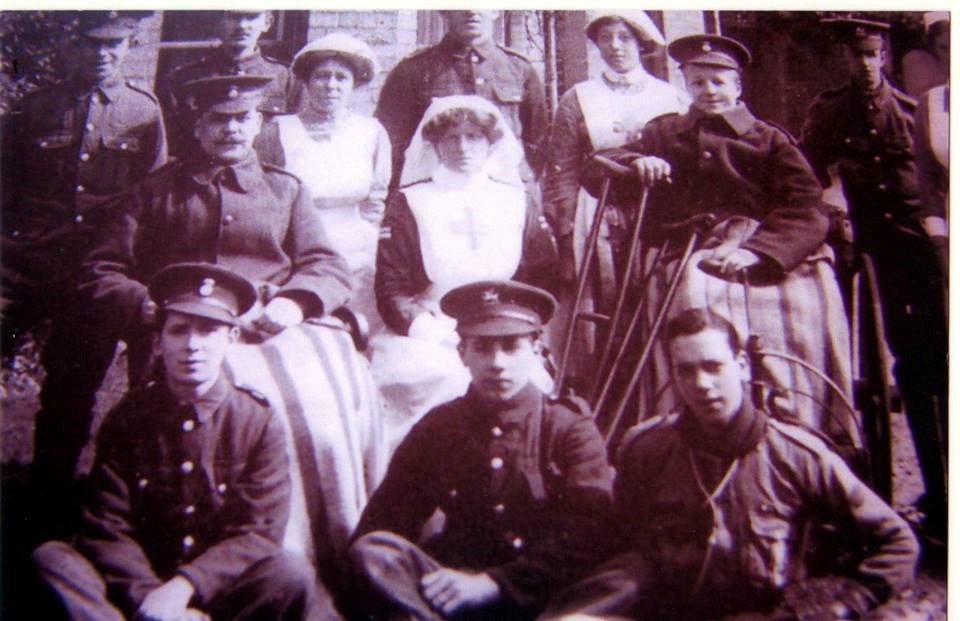
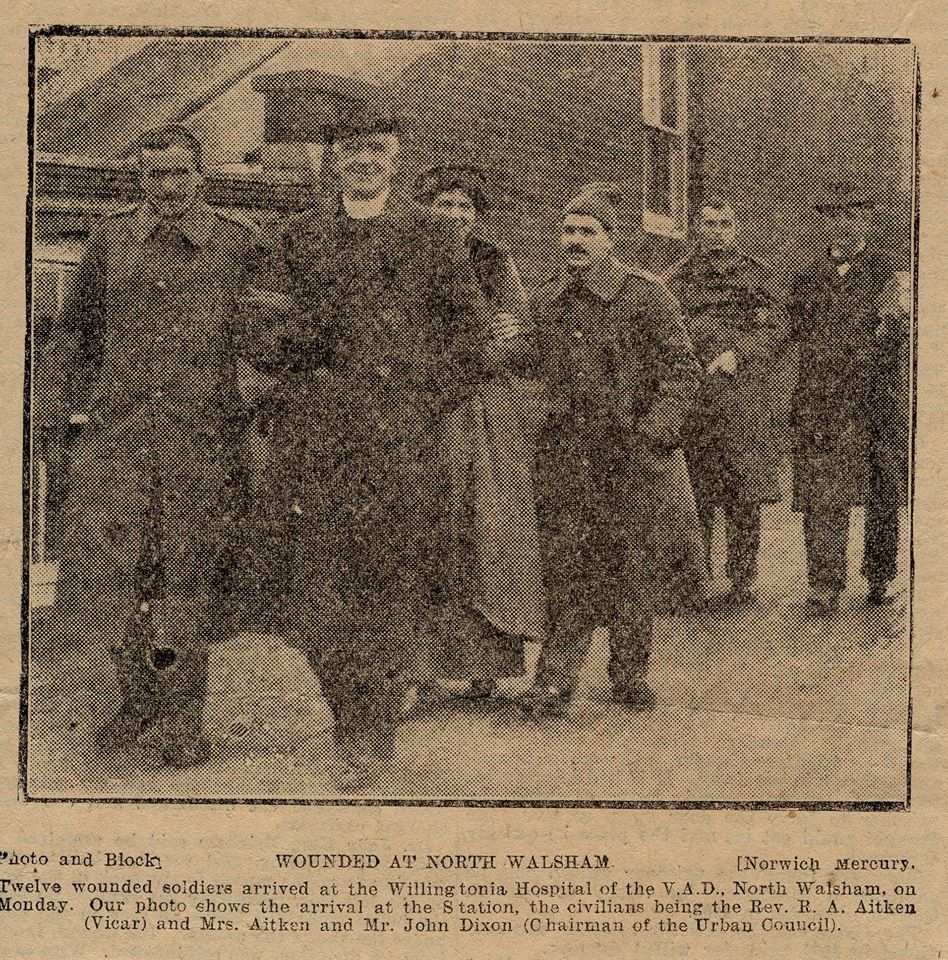
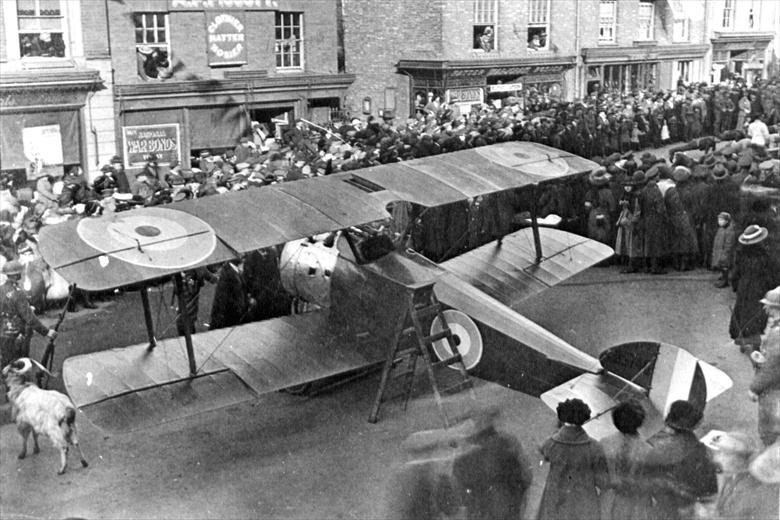
Threat of invasion
In the years leading up to the First World War, there were increasing fears of a German invasion on the East Coast, which was nearest to the German ports. During the war, it was thought that the Germans might try to end the deadlock of trench warfare in Europe by landing large numbers of troops in England. In response to this threat, guns were mounted around parts of the Norfolk coast, backed up by trenches.
At least 48 pillboxes are known to have been built in Norfolk during the First World War, of which 5 survive in the North Walsham area. See https://www2.north-norfolk.gov.uk/files/NNDC_PillBox_Trail_Leaflet.pdf for more information.
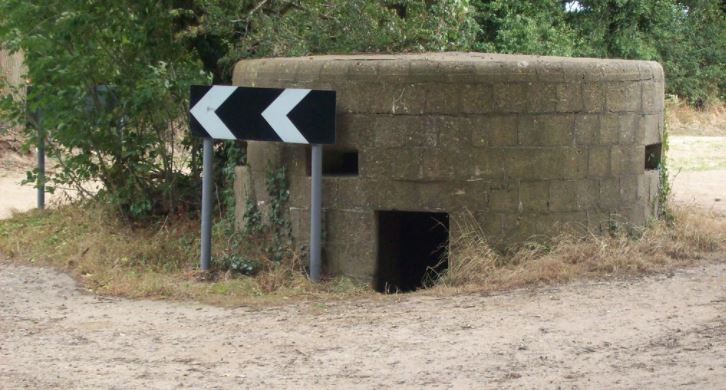
Evacuation plans
In the event of an invasion along our coast, this leaflet describes how residents were to assemble on Further Station Road (today’s Millfield Road) and to head towards Dereham, using back roads only.
